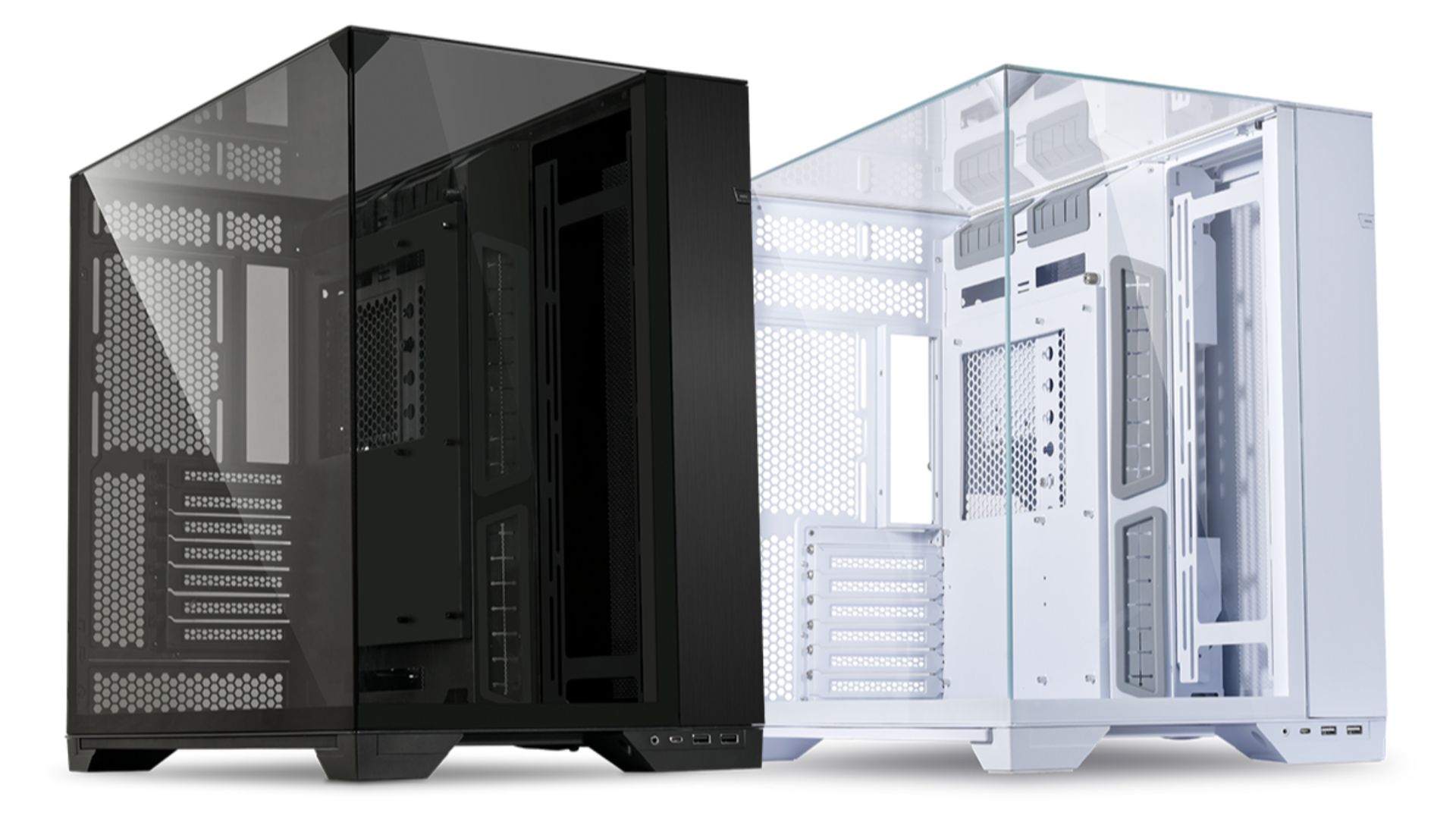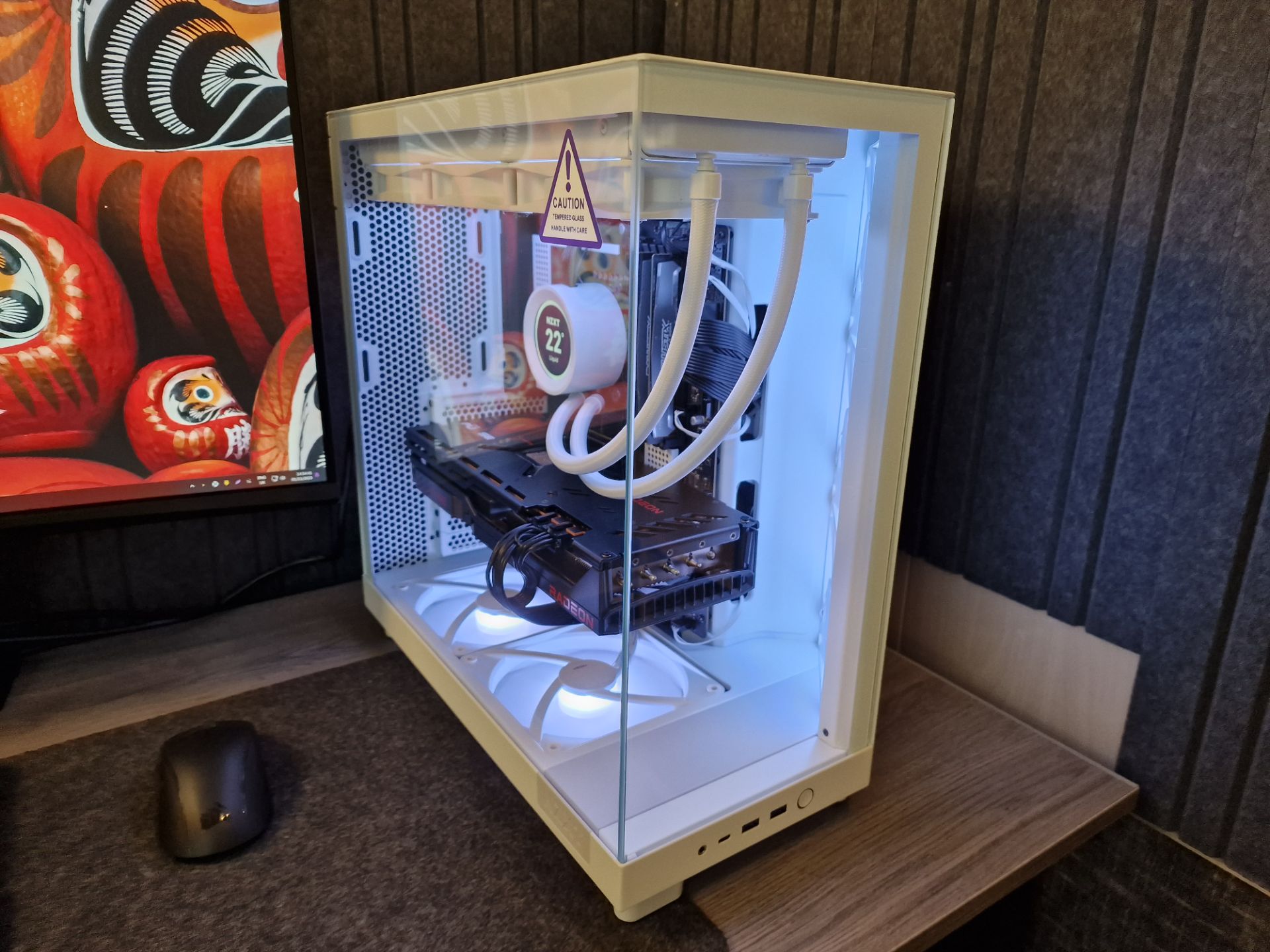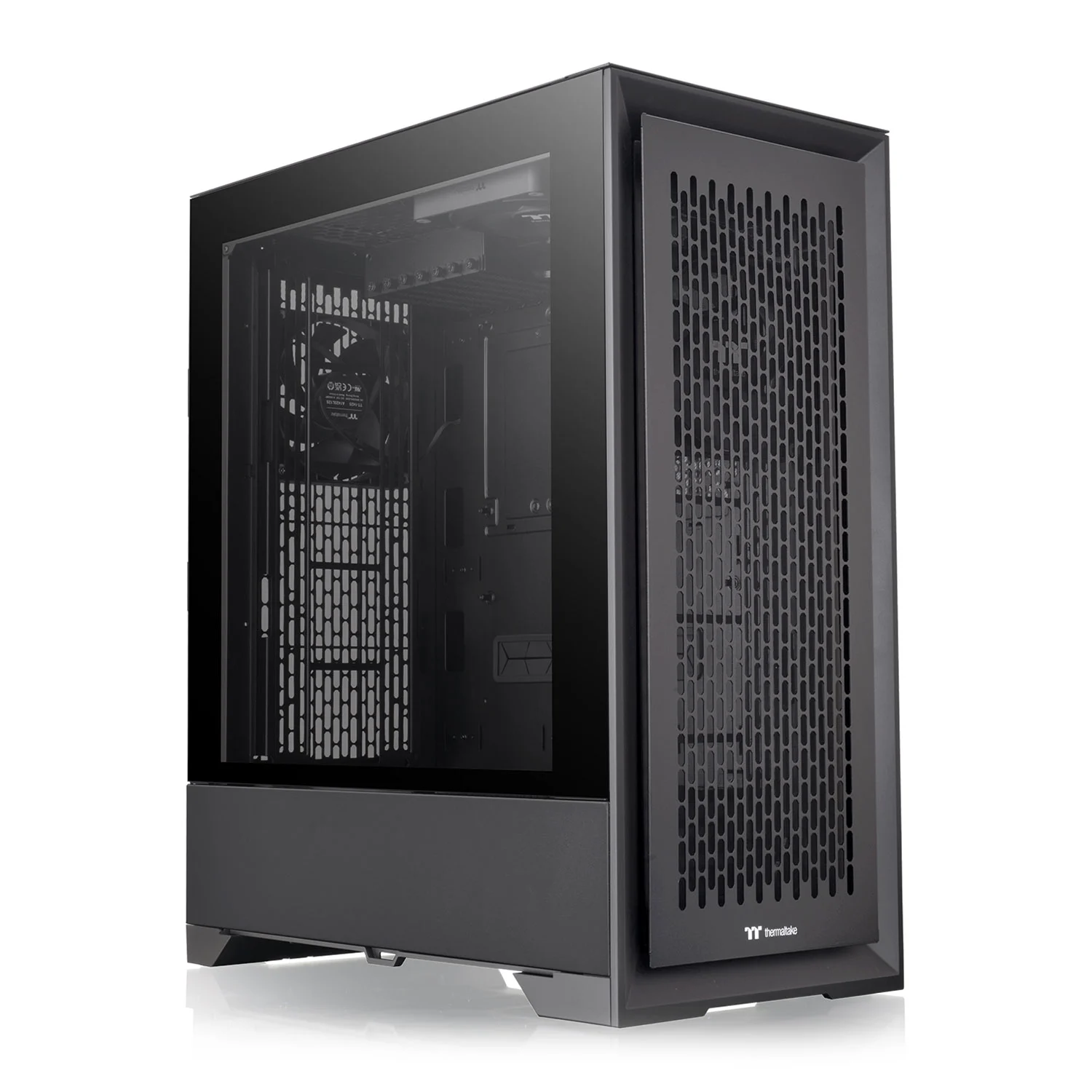Thermaltake Armor A30 Micro ATX Case Review
Building a system in the A30 is reasonably easy for a small form factor case but it is a little more complicated than building one in a regular case. The motherboard screws down onto the motherboard tray but please bear in mind, you will need to install the CPU cooler first because there is no cutout. You also must make sure you have a low profile CPU cooler as otherwise you could run into issues when installing the power supply.
We installed a Blu-Ray drive into our test system as most people who are building an HTPC will require some kind of optical drive. This fits into the external drive bay and screws into position. We also have to remove the bezel form the front of the case which requires us to remove the front panel first. We chose to use an Intel 510 Series 250 GB SSD in our test system which is installed on the top of the external drive bay. Thermaltake have developed a very easy system for installing them which consists of a small plastic clip that fits onto the side of the drive.
To install the power supply into the case we were forced to remove a large piece at the back of the case and then screw the PSU into it. We then connected up all the cables but left it until we’d finished everything else in the build to replace this piece with the power supply installed.
Cable management in the A30 is difficult despite the number of cable ties that Thermaltake include. This is because there is limited space to work with and there is no space behind the motherboard tray for cable routing as the motherboard practically rests on the floor of the case.















